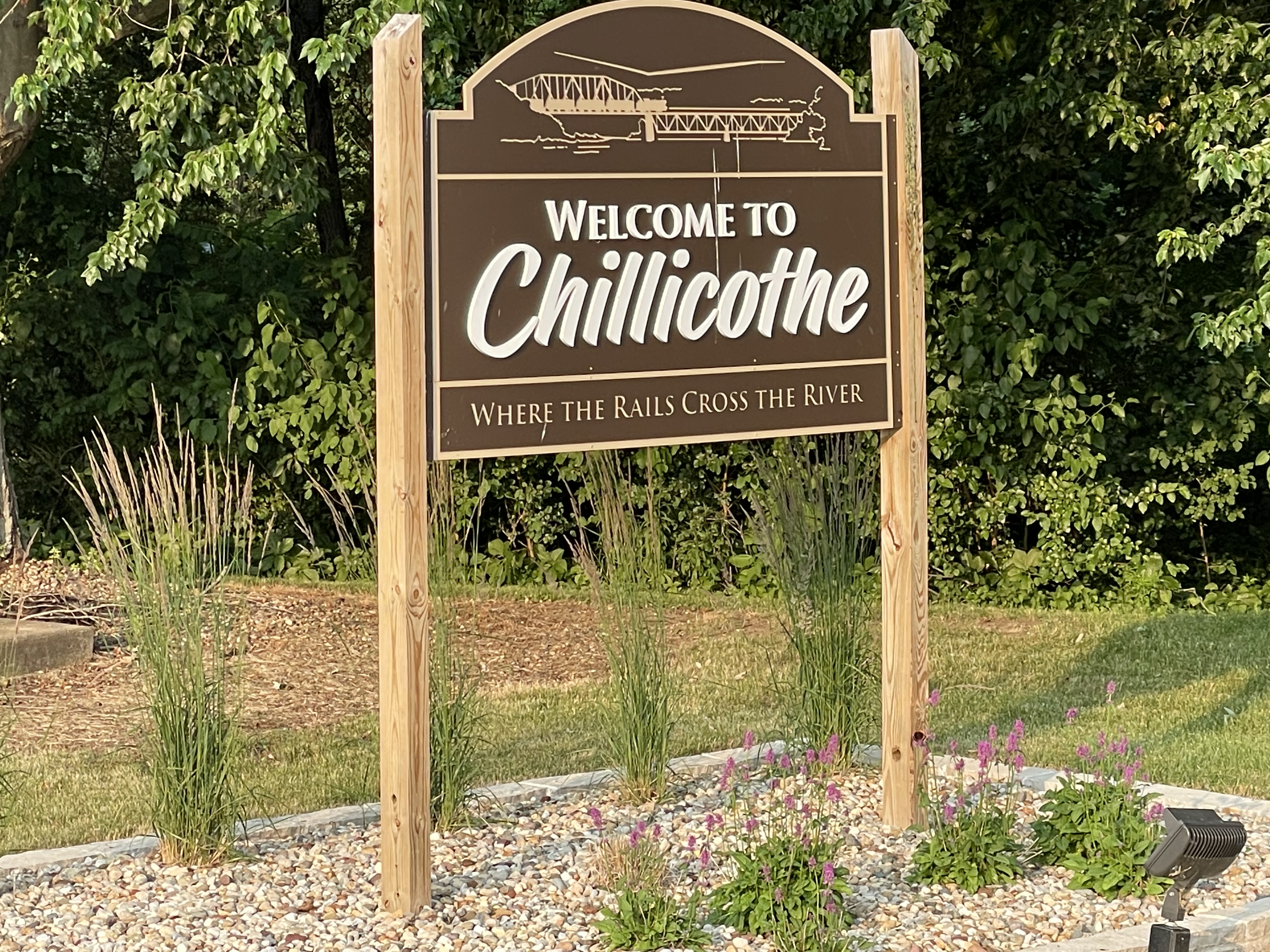CITY OF CHILLICOTHE
Comprehensive Plan

A preliminary draft of Chillicothe’s 2025 Comprehensive Plan is now available for public review and comment through Thursday, April 24th. City Council will hold a special meeting on Monday, April 21st at 4:30 p.m. to discuss the draft document.
Draft Plan now available!
What is a Comprehensive Plan?
A comprehensive plan represents a community’s vision over a 20-year horizon. This vision is derived from extensive collaboration and community engagement between residents, elected officials, and stakeholders. During the planning process, residents discuss and create goals for a range of topics such as housing, transportation, infrastructure, land use, and economic development. To plan for community growth, the comprehensive plan creates general land use guidelines for land outside the current village limits in the “Extra-Jurisdictional Planning Area.”
Components of a Comprehensive Plan
A comprehensive plan is developed to answer three questions:
What are we as a community?
What would we like to be as a community?
How do we get there?
The first component of a comprehensive plan is taking inventory of the existing conditions of the community. During this phase of the plan, Tri-County Regional Planning Commission gathers extensive data to understand community trends and build a community profile.
Once the community’s current conditions are understood, a vision is created. This vision represents Chillicothe’s goals and the type of community it wants to be. This vision is created through extensive community engagement and public input.
With a common vision in mind, the community works to identify and prioritize actions that build toward that future. This final step creates a road map for elected officials, community members, village staff, and local advocates to use in their decision-making processes and everyday work.
Roles and Partners
Tri-County Regional Planning Commission
Chillicothe
Steering Committee
Community
Tri-County Regional Planning Commission facilitates the planning process, leads steering committee meetings, gathers and analyzes data, and supports the community organizing efforts of the steering committee by coordinating engagement events, like workshops and open houses.
The City of Chillicothe plays a crucial role in the comprehensive planning process, providing support and feedback on implementation strategies and ensuring that the plan is realized after adoption.
The Steering Committee consists of volunteers who act as liaisons between Tri-County and Chillicothe residents and stakeholders. Volunteers with different interests, roles, and backgrounds offer community insights, market engagement opportunities, interpret community input, and review the draft plan.
Community members are comprised of residents, employees, and stakeholders of Chillicothe. The role of the community throughout the planning process is to provide feedback that informs the priorities and goals of the comprehensive plan.
Steering Committee Members
Amanda Beadles
Jim Benisch
Patricia Westerman-Connor
Jeremy Cooper
Shaun Grant
Mike Ratcliff
Andrew Ruhland
Don White
Lynne A. Wright
Kevin Yates
Mayor Michael Hughes
Planning Process Timeline

Community Engagement
Community engagement is essential to the planning process. Effective engagement empowers residents to advocate for and implement measures within their community. Tri-County, the Steering Committee, and the City of Chillicothe will maintain inclusivity to ensure that diverse voices help shape the final plan. The engagement plan outlines multiple and varying opportunities for the public to provide input.
The following are different components of the engagement plan:
Survey
Surveys offer easily accessible, low-commitment crowdsourcing opportunities and are widely known as effective tools for establishing a baseline of local opinions. Chillicothe’s survey was published in late July and remained open through early September. 289 people responded to the survey, answering questions about housing, recreation, the economy, Village communication, and more.
The survey was promoted through social media, on flyers posted at local businesses, within school networks, and at the July 25th Open House. City Hall also offered paper copies of the surveys.
Open House
On July 25th, the Steering Committee, Village, and Tri-County Regional Planning Commission hosted a community open house at the Chillicothe Public Library from 5:00 to 7:00 p.m. Residents were encouraged to stop by and share their thoughts on what changes they want to see for Chillicothe. The open house featured several interactive stations designed to help community members evaluate community assets and identify priorities for Chillicothe. More than 30 residents participated and Steering Committee members and Tri-County staff were on hand to answer any questions.
Stakeholder Interview
Tri-County interviewed staff, topical experts, and community leaders to assess the City’s institutional capacity and key services, and to develop implementation strategies.
Flyering
To encourage participation from residents, the Steering Committee developed posters advertising the planning process and survey. Flyers were posted at local businesses throughout the City.